McLaren Excell transforms Victorian house into refined modern living space
Petersfield House by architects McLaren Excell reimagines a Victorian home in Cambridge into a contemporary, minimalist haven
Simone Bossi - Photography

Transforming and upgrading existing housing into buildings fit for contemporary living and current environmental requirements is a challenge relished by every architect. The UK’s vast stock of vernacular housing is usually readily identifiable with its age – Georgian, Victorian, Edwardian – with each era offering a surprisingly versatile canvas on which to restore, enhance and extend to create a modern living space.

McLaren Excell’s extension, restoration, and modernisation of this house in Cambridge builds on the studio’s experience of working with old buildings. The London-based studio, founded by Rob Excell and Luke McLaren in 2011, was featured in our 2018 Architects’ Directory.
Previous projects have harmonised old and new, with a pared-back minimalist architecture approach to creating new spaces, using a sparse material palette, meticulous detailing and a reverence for proportion, light, and showing off construction details.
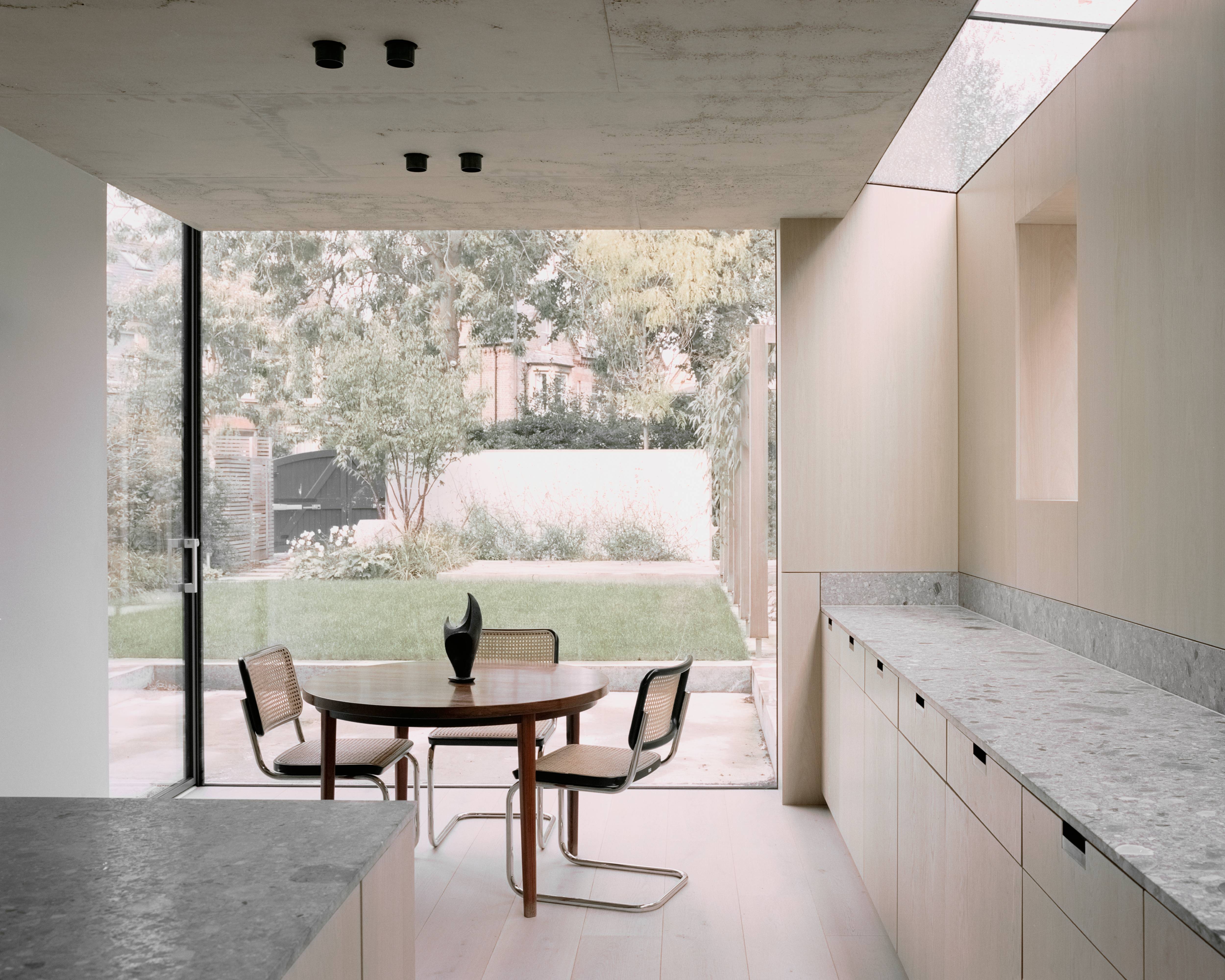
Petersfield House had already been subject to alterations, although these earlier works only served to create a rather dense, dark internal plan that didn’t make the most of the house’s fine original proportions and exterior spaces.
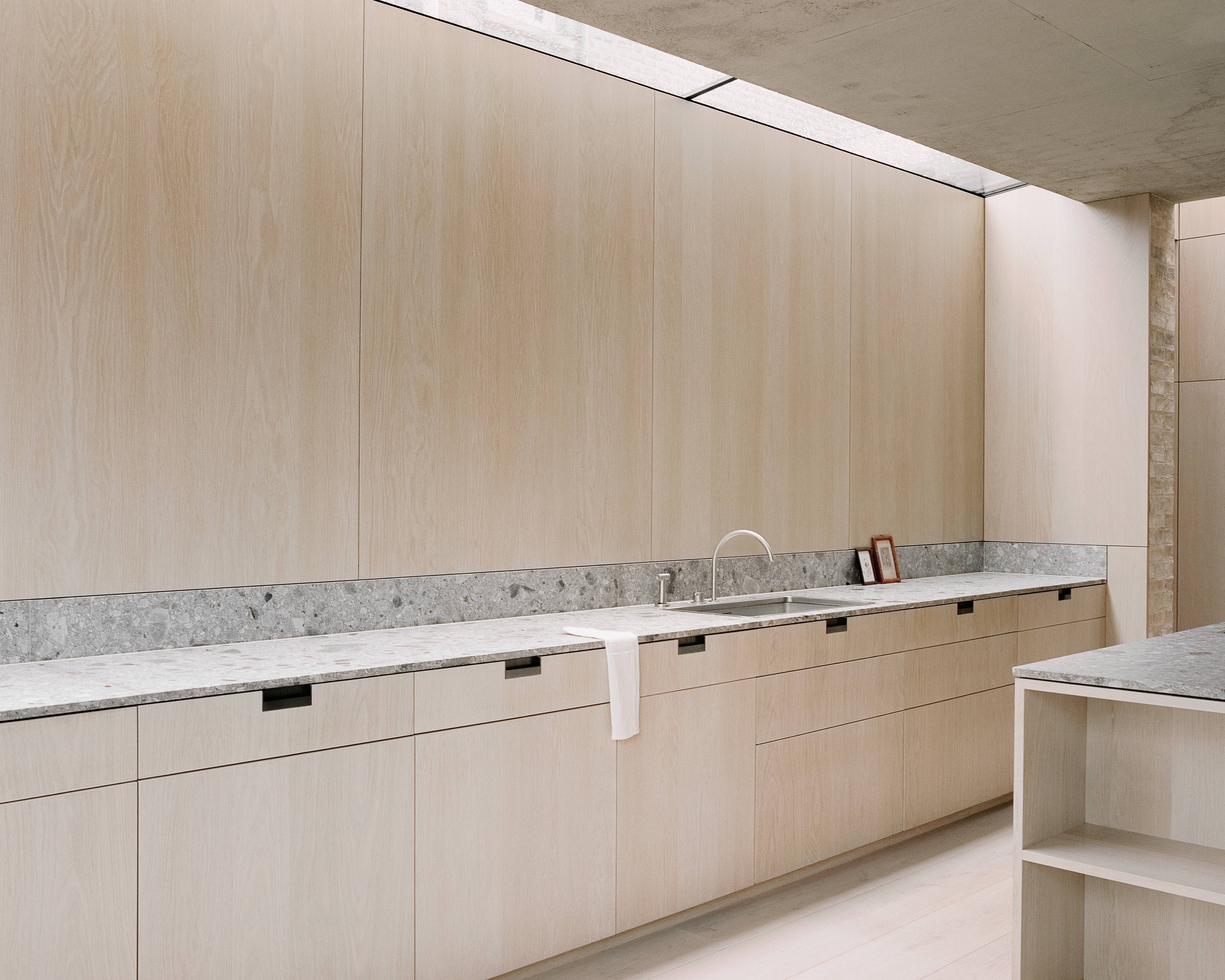
The core of the house was therefore radically revised, with a new stairwell that linked the front and rear on the ground floor and provided a spacious landing on the floor above.
Unlike some of the studio’s earlier projects, there were barely any original decorative features to retain, so elements like doors and skirtings were pared back to nothing, with a shadow detail separating the timber floor, plaster and brick walls and the concrete ceilings above.

New bespoke joinery throughout creates a unity between the kitchen, staircase, and storage, while door openings were taken right up to ceiling height to improve the sense of flow between the spaces.
Receive our daily digest of inspiration, escapism and design stories from around the world direct to your inbox.
The staircase has a quiet elegance, with its vertical steel spindles and oak veneered risers. It is paired with bespoke light fittings, designed by the practice, that drop down the entire height of the new stairwell.
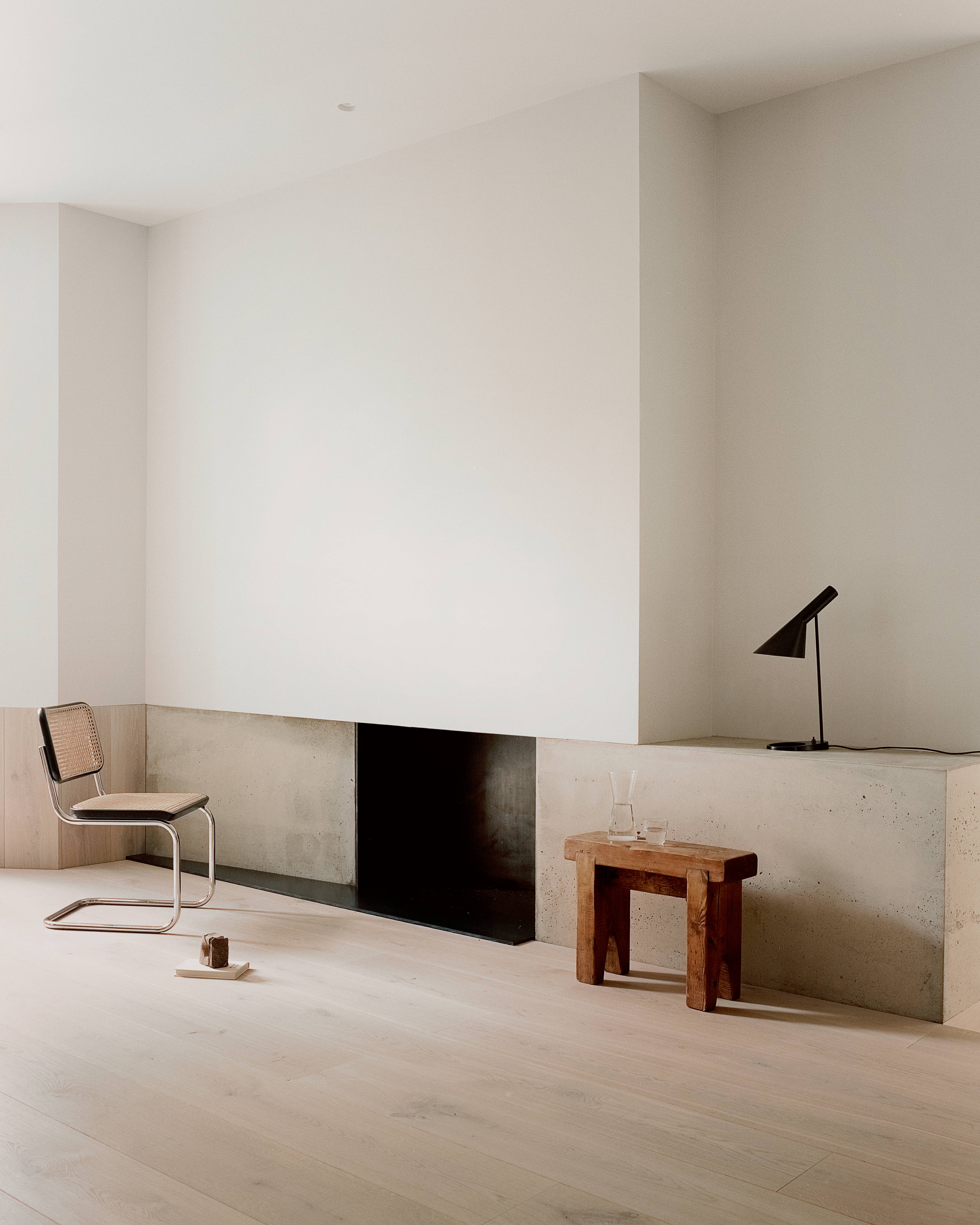
The modern side extension was completely demolished and rebuilt, and the floor level dug down to give the new kitchen a more spacious feel. Rooflights flank the floating concrete ceiling and a large pane of frameless glass gives an unobstructed view of the garden.
The brickwork on the front façade of the new extension features subtle fluting that references the original chimneys. The interior of the extension also has a more utilitarian feel with exposed bricks and ceiling joists.
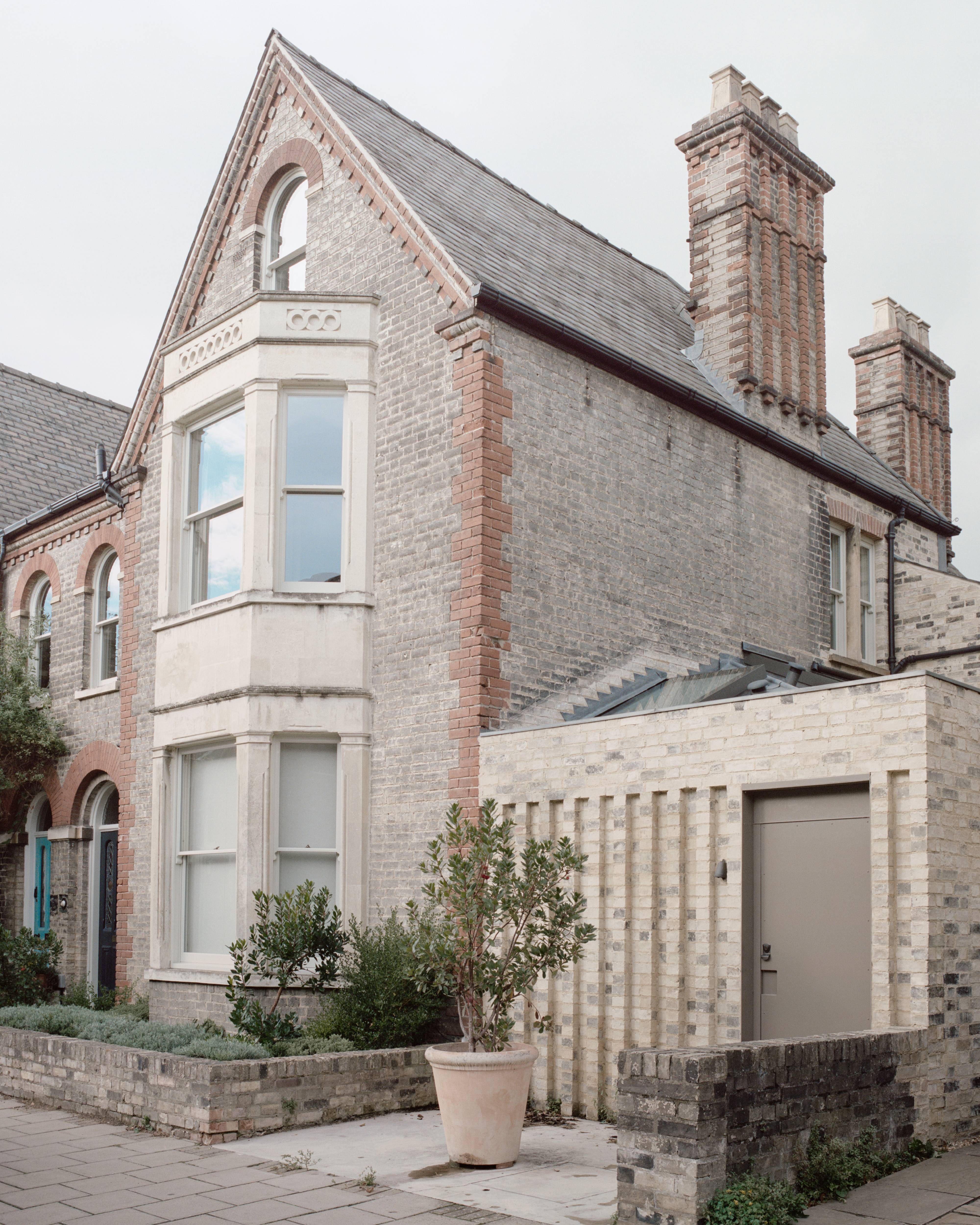
An original fireplace is retained in the dining room, making a strong juxtaposition with the new fireplace in the minimal sitting room.
The overall ambiance is one of quiet, calm, and unexpected space.

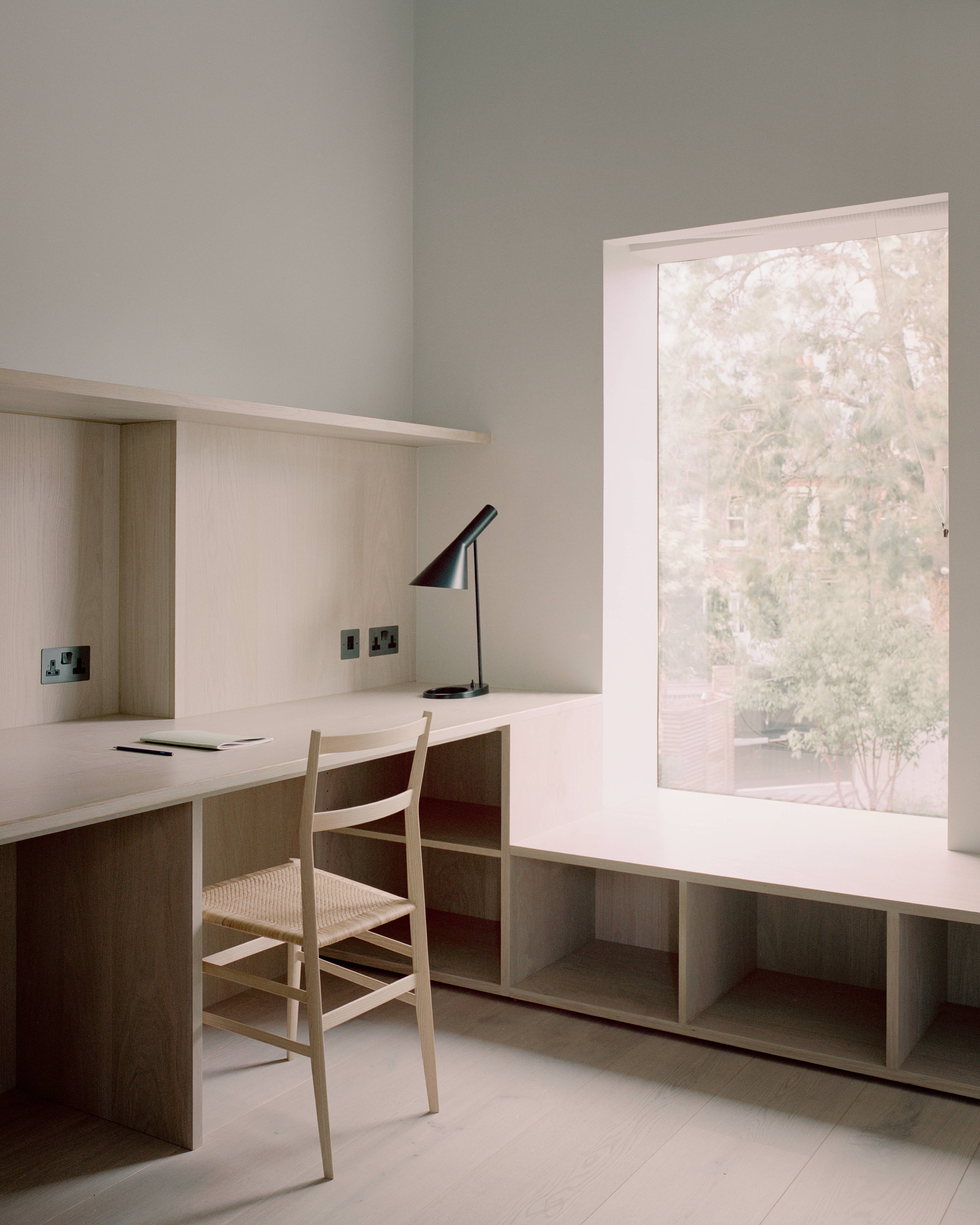
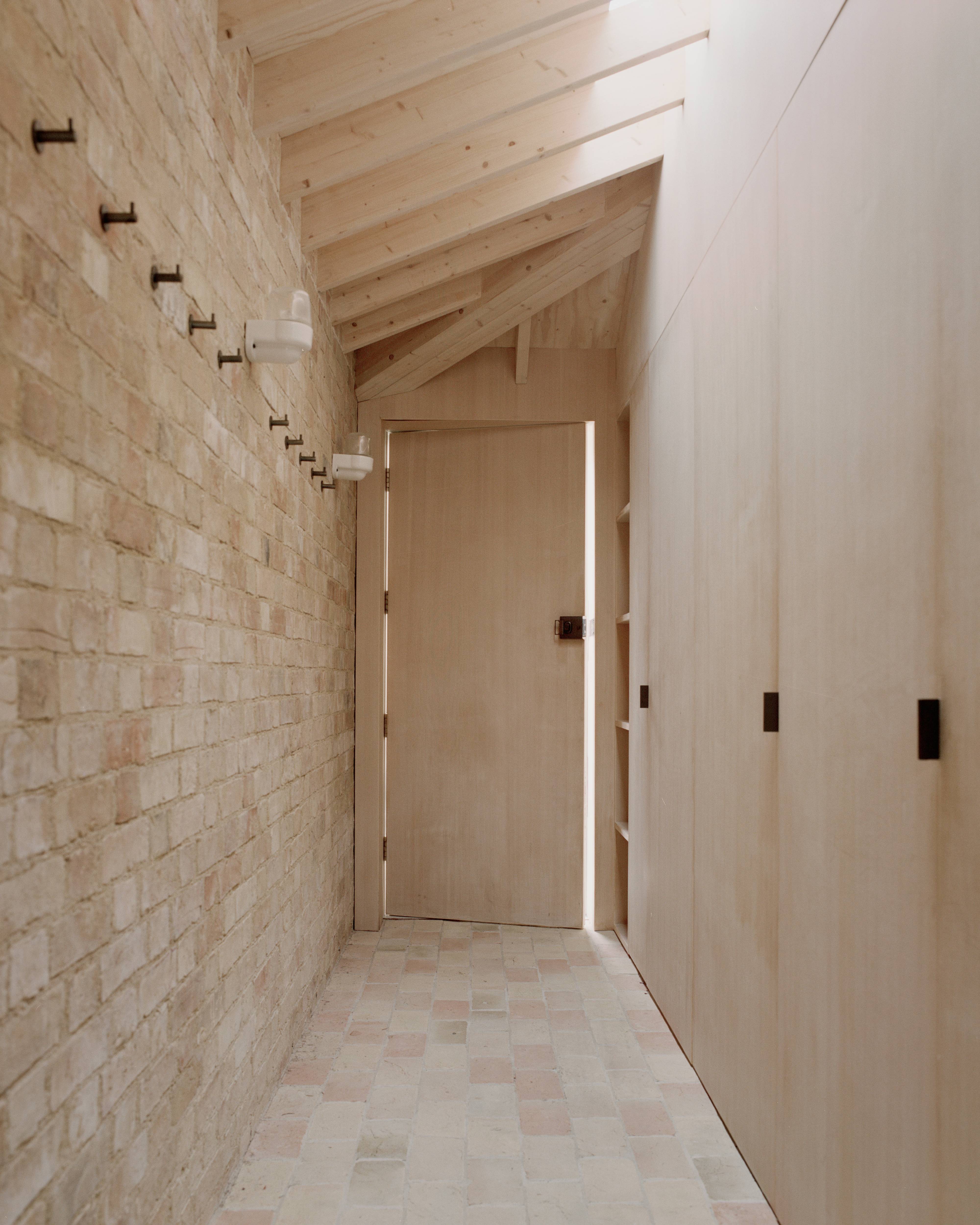
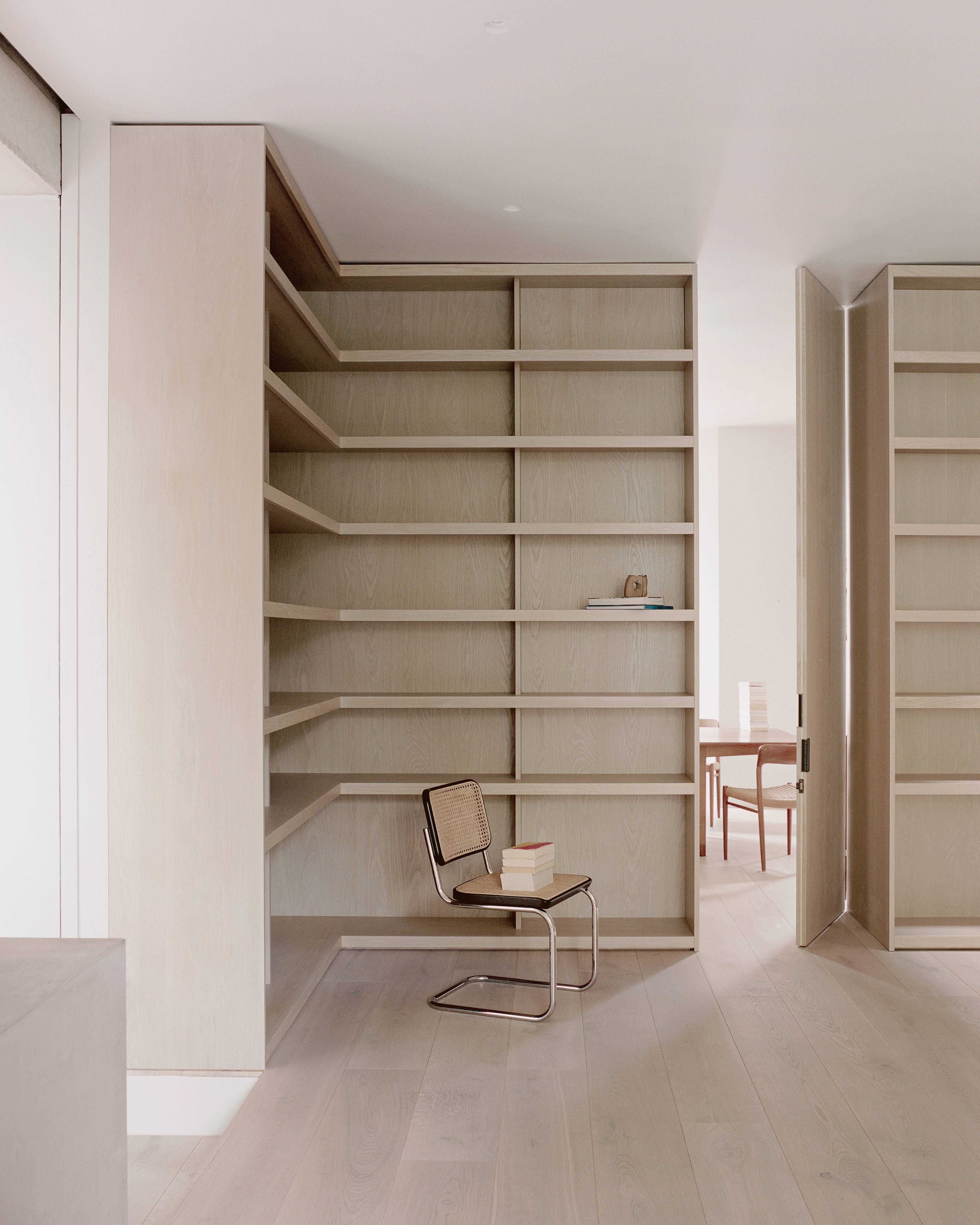
INFORMATION
mclarenexcell.com
Jonathan Bell has written for Wallpaper* magazine since 1999, covering everything from architecture and transport design to books, tech and graphic design. He is now the magazine’s Transport and Technology Editor. Jonathan has written and edited 15 books, including Concept Car Design, 21st Century House, and The New Modern House. He is also the host of Wallpaper’s first podcast.
-
 Volvo’s quest for safety has resulted in this new, ultra-legible in-car typeface, Volvo Centum
Volvo’s quest for safety has resulted in this new, ultra-legible in-car typeface, Volvo CentumDalton Maag designs a new sans serif typeface for the Swedish carmaker, Volvo Centum, building on the brand’s strong safety ethos
-
 We asked six creative leaders to tell us their design predictions for the year ahead
We asked six creative leaders to tell us their design predictions for the year aheadWhat will be the trends shaping the design world in 2026? Six creative leaders share their creative predictions for next year, alongside some wise advice: be present, connect, embrace AI
-
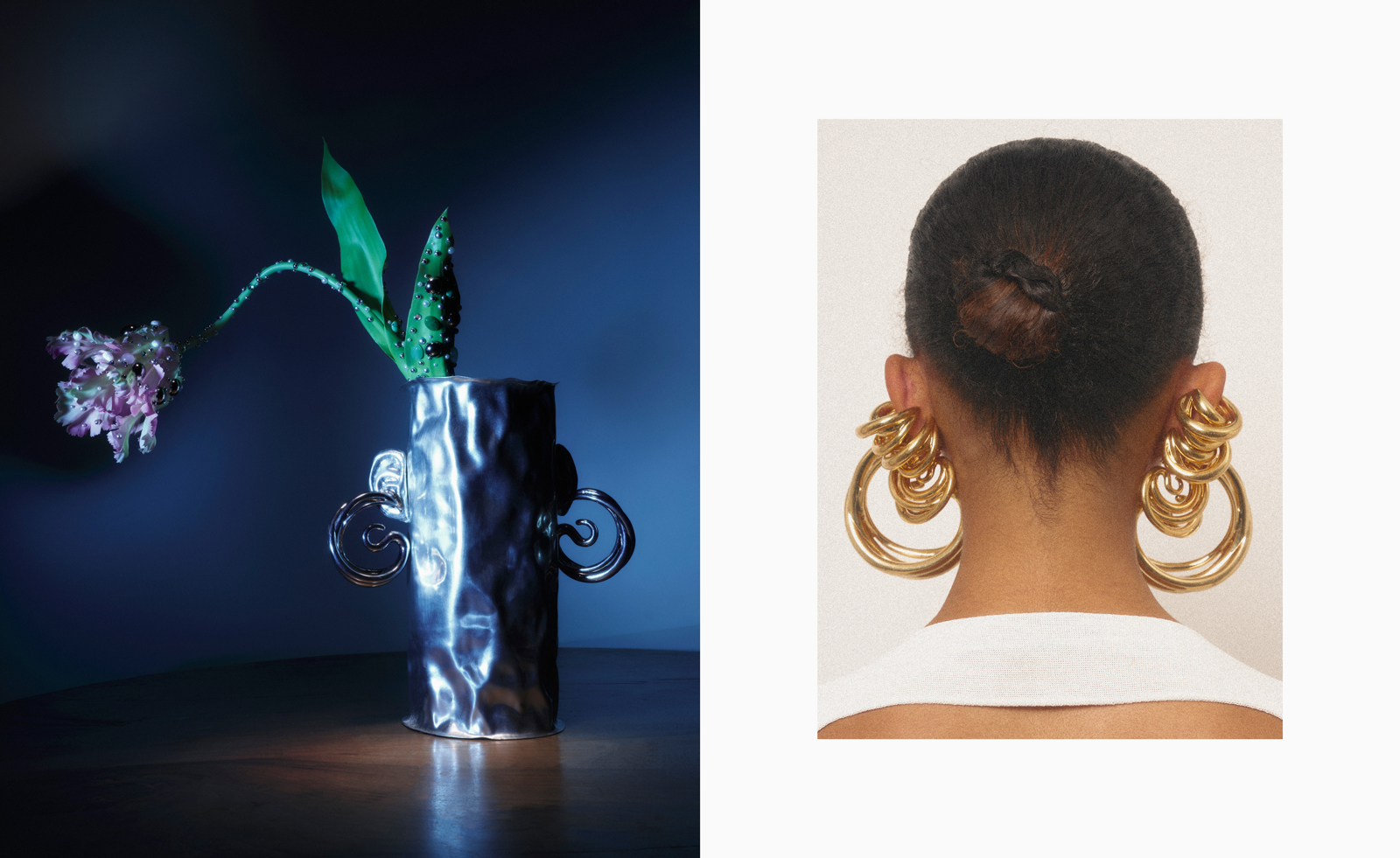 10 watch and jewellery moments that dazzled us in 2025
10 watch and jewellery moments that dazzled us in 2025From unexpected watch collaborations to eclectic materials and offbeat designs, here are the watch and jewellery moments we enjoyed this year
-
 Arbour House is a north London home that lies low but punches high
Arbour House is a north London home that lies low but punches highArbour House by Andrei Saltykov is a low-lying Crouch End home with a striking roof structure that sets it apart
-
 A former agricultural building is transformed into a minimal rural home by Bindloss Dawes
A former agricultural building is transformed into a minimal rural home by Bindloss DawesZero-carbon design meets adaptive re-use in the Tractor Shed, a stripped-back house in a country village by Somerset architects Bindloss Dawes
-
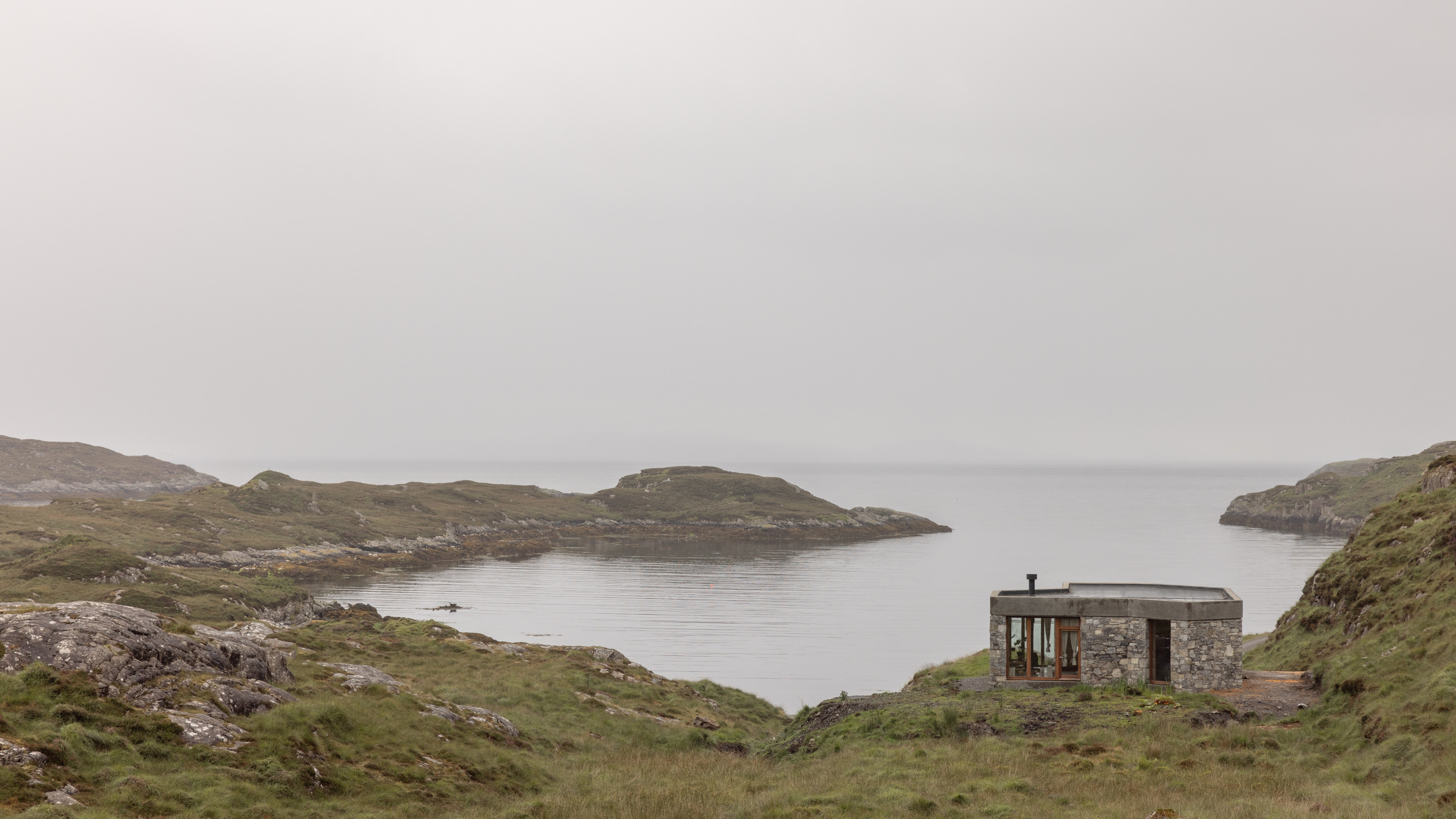 RIBA House of the Year 2025 is a ‘rare mixture of sensitivity and boldness’
RIBA House of the Year 2025 is a ‘rare mixture of sensitivity and boldness’Topping the list of seven shortlisted homes, Izat Arundell’s Hebridean self-build – named Caochan na Creige – is announced as the RIBA House of the Year 2025
-
 In addition to brutalist buildings, Alison Smithson designed some of the most creative Christmas cards we've seen
In addition to brutalist buildings, Alison Smithson designed some of the most creative Christmas cards we've seenThe architect’s collection of season’s greetings is on show at the Roca London Gallery, just in time for the holidays
-
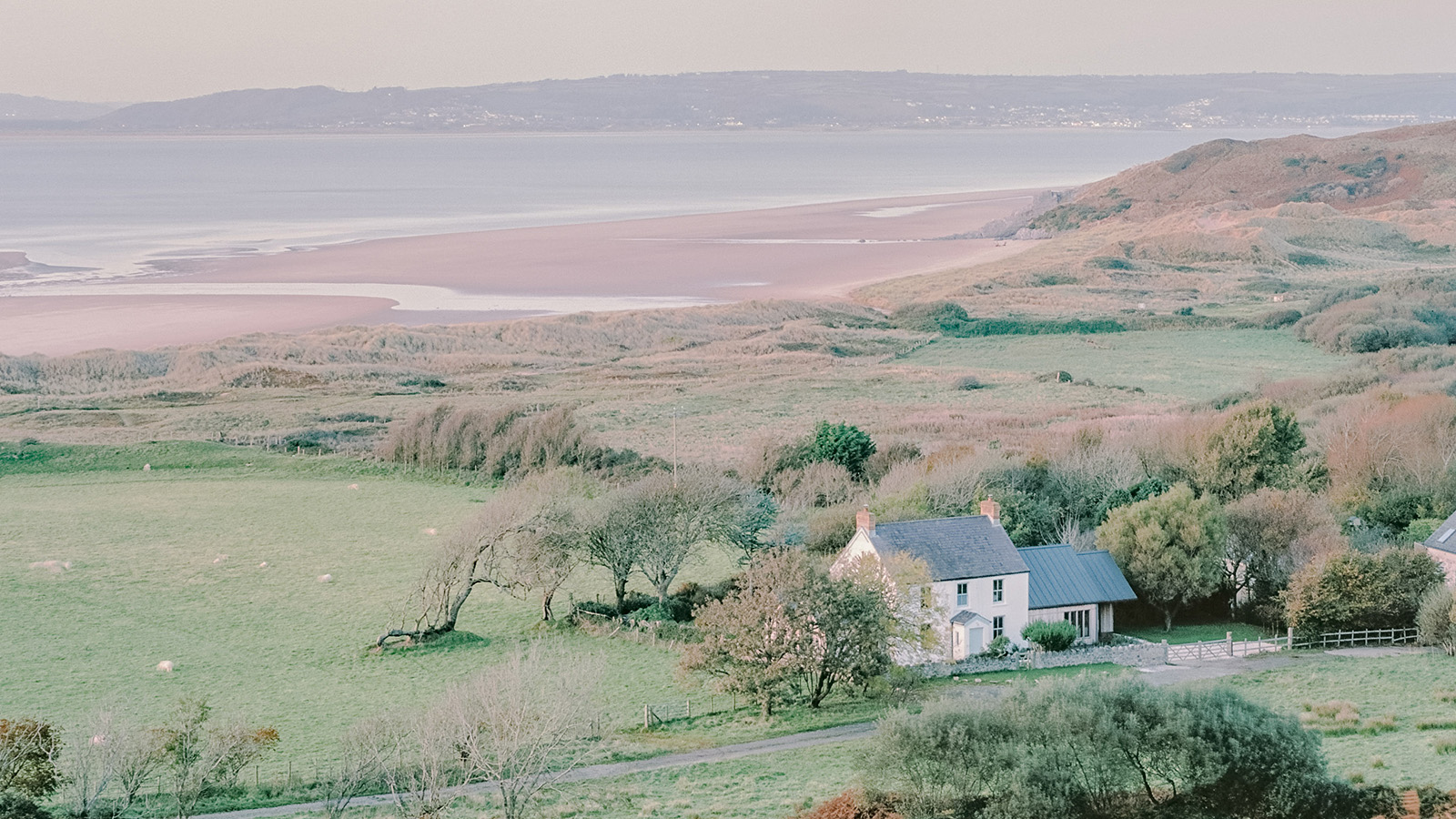 In South Wales, a remote coastal farmhouse flaunts its modern revamp, primed for hosting
In South Wales, a remote coastal farmhouse flaunts its modern revamp, primed for hostingA farmhouse perched on the Gower Peninsula, Delfyd Farm reveals its ground-floor refresh by architecture studio Rural Office, which created a cosy home with breathtaking views
-
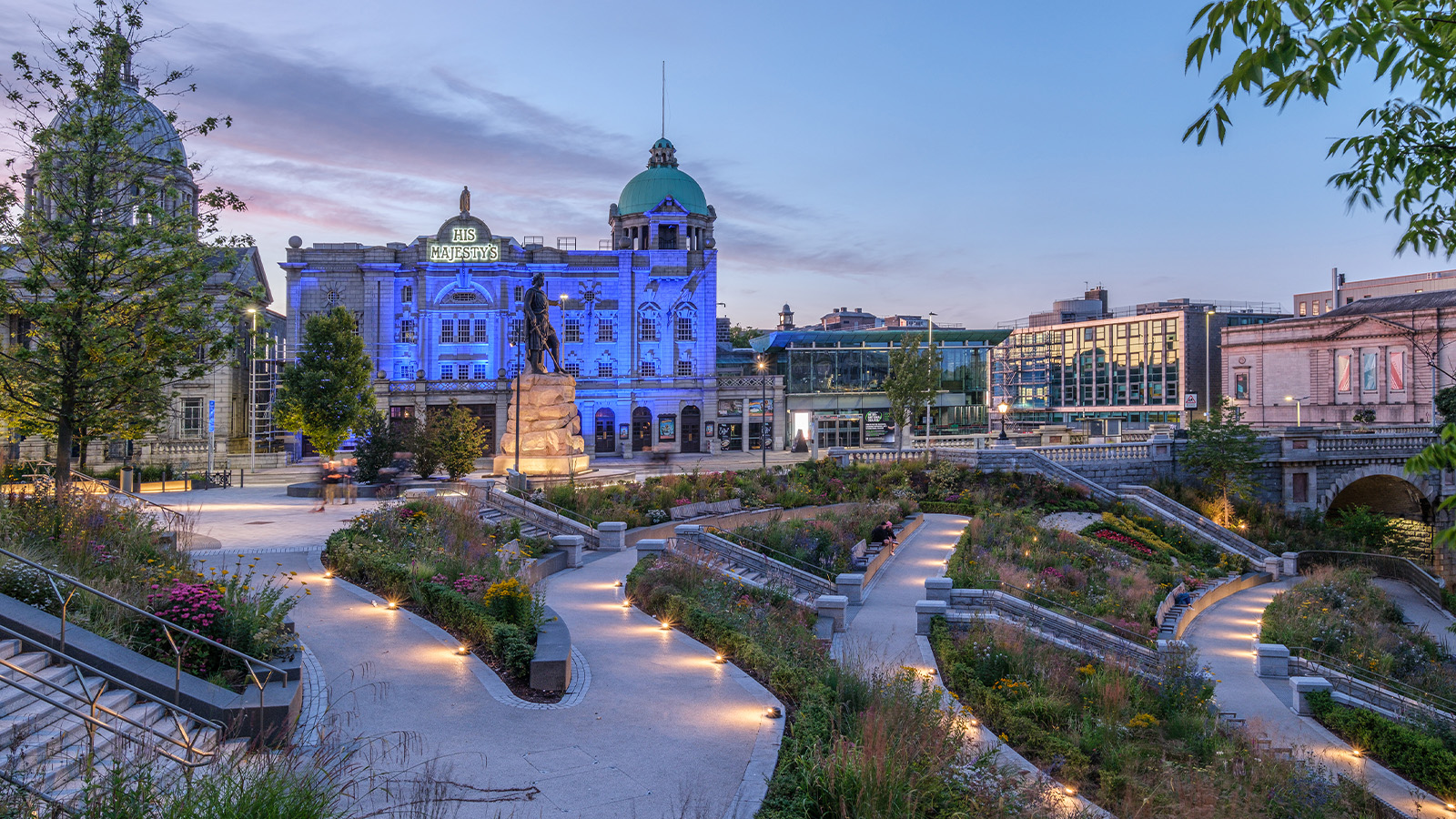 A revived public space in Aberdeen is named Scotland’s building of the year
A revived public space in Aberdeen is named Scotland’s building of the yearAberdeen's Union Terrace Gardens by Stallan-Brand Architecture + Design and LDA Design wins the 2025 Andrew Doolan Best Building in Scotland Award
-
 The Architecture Edit: Wallpaper’s houses of the month
The Architecture Edit: Wallpaper’s houses of the monthFrom wineries-turned-music studios to fire-resistant holiday homes, these are the properties that have most impressed the Wallpaper* editors this month
-
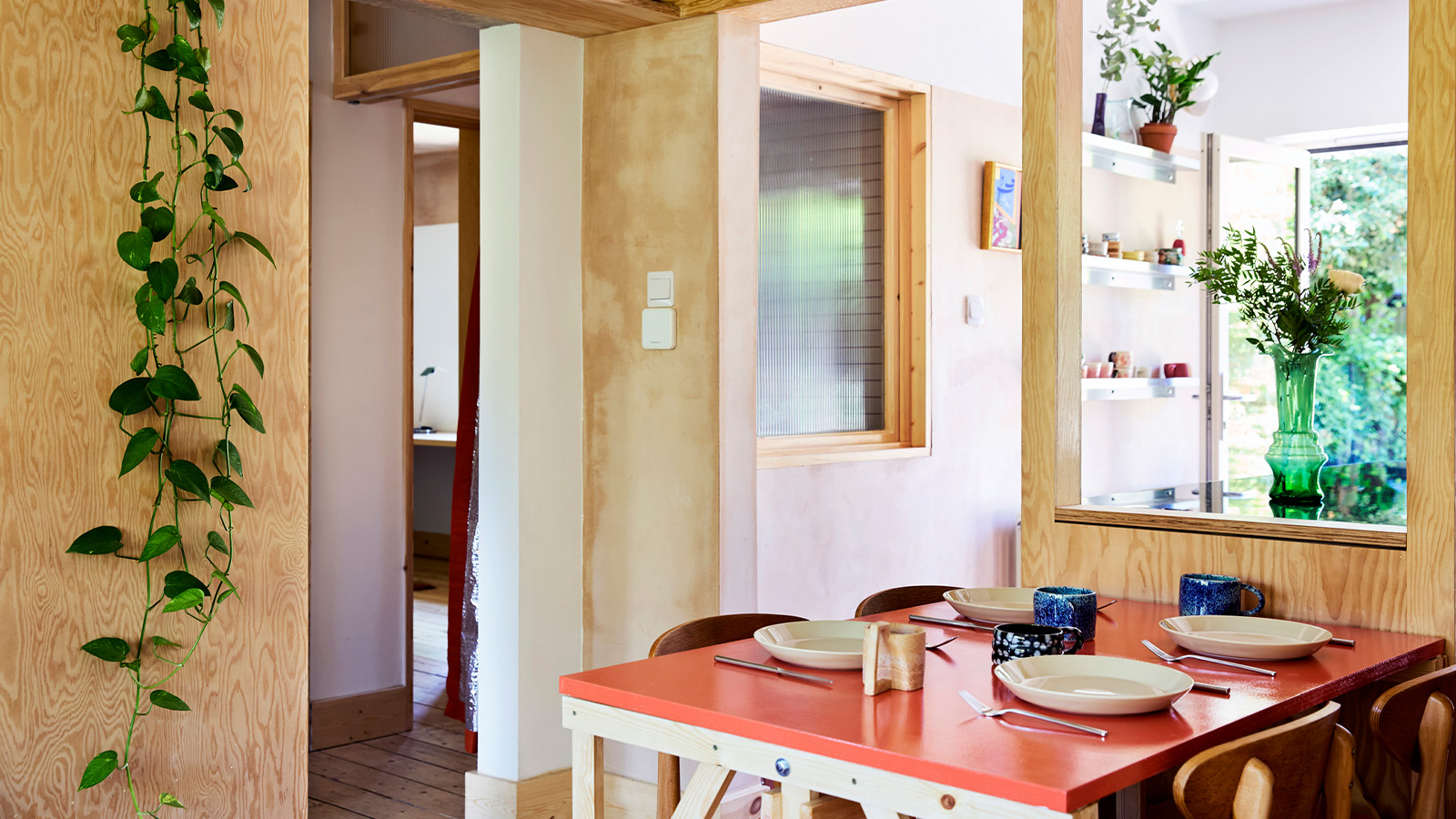 A refreshed 1950s apartment in East London allows for moments of discovery
A refreshed 1950s apartment in East London allows for moments of discoveryWith this 1950s apartment redesign, London-based architects Studio Naama wanted to create a residence which reflects the fun and individual nature of the clients